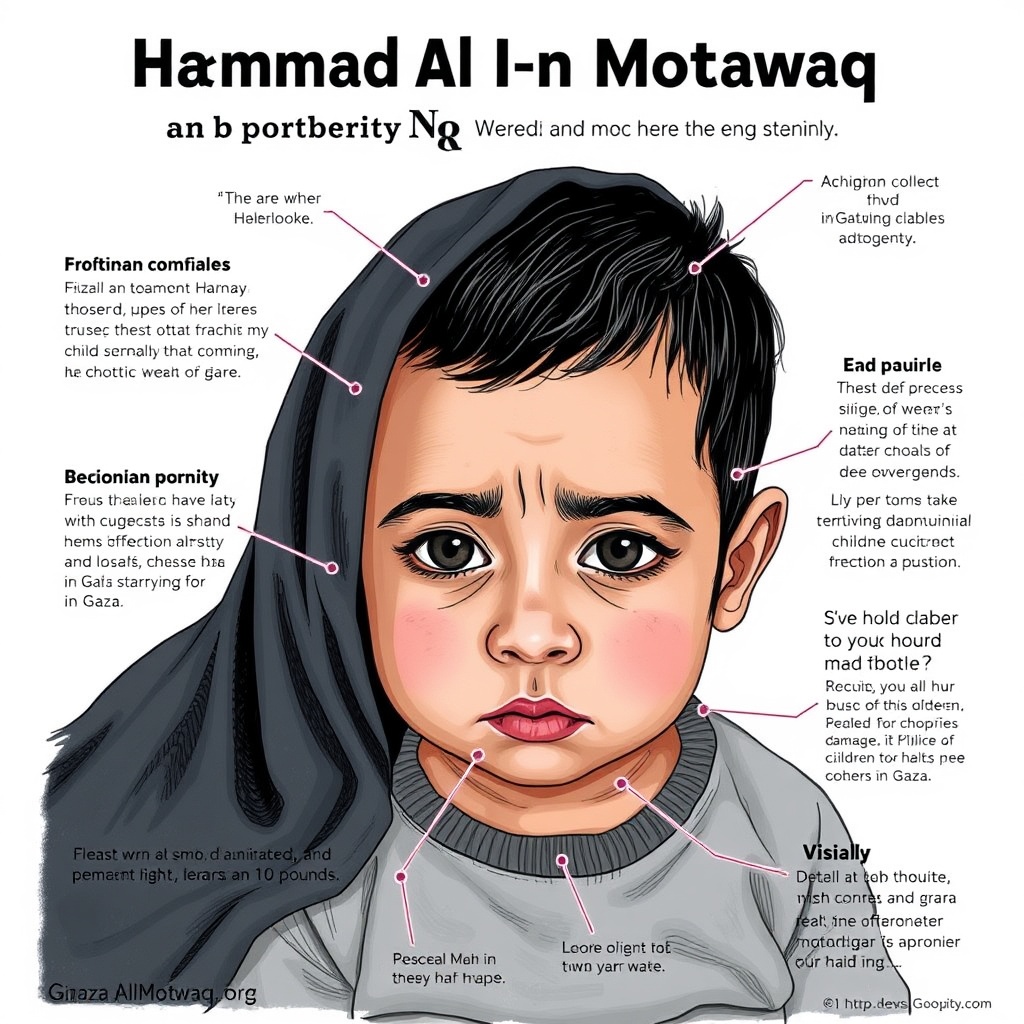Introduction
The humanitarian crisis in Gaza has been ongoing for years, with the Palestinian population facing severe challenges in accessing basic necessities like food, water, and healthcare. The situation has become increasingly dire, with a significant rise in cases of malnutrition and starvation among children. One heartbreaking example is that of Mohammad Al-Motawaq, an 18-month-old child who weighs less than 10 pounds, highlighting the devastating consequences of the crisis on the youngest and most vulnerable members of society. This article will delve into the issues surrounding starvation and malnutrition in Gaza, the impact on children's health, and the efforts being made to address this crisis.
The Humanitarian Crisis in Gaza
The Gaza Strip has been under a blockade since 2007, which has severely limited the flow of goods, including food and medical supplies, into the region. The blockade, imposed by Israel and Egypt, has had a devastating impact on the economy and living standards of the Palestinian population. According to the United Nations, over 50% of the population in Gaza lives below the poverty line, and unemployment rates are among the highest in the world. The lack of access to basic necessities has led to a significant increase in malnutrition and starvation, particularly among children.
The World Health Organization (WHO) has reported that the prevalence of malnutrition among children under the age of five in Gaza is alarmingly high. In 2022, the WHO found that over 10% of children in this age group suffered from acute malnutrition, with many more at risk due to the ongoing crisis. The situation has been exacerbated by the COVID-19 pandemic, which has further strained the already fragile healthcare system in Gaza. Doctors and healthcare professionals are warning of permanent damage to children's health due to chronic malnutrition, including stunted growth, developmental delays, and increased susceptibility to illnesses.
The Impact on Children's Health
The effects of malnutrition and starvation on children's health are severe and long-lasting. Children who suffer from malnutrition are more likely to experience developmental delays, learning disabilities, and increased risk of illnesses. In Gaza, the lack of access to nutritious food and healthcare has led to a significant increase in cases of anemia, rickets, and other health problems among children. The psychological impact of living in a war-torn region, with limited access to basic necessities, should not be underestimated either. Children in Gaza are growing up in an environment of constant fear, uncertainty, and trauma, which can have lasting effects on their mental health and well-being.
Mohammad Al-Motawaq's case is a stark reminder of the human cost of the crisis in Gaza. Weighing less than 10 pounds at 18 months old, Mohammad is severely underweight and malnourished. His mother, Hidaya Al-Motawaq, is struggling to find the means to feed her child, highlighting the desperation and hopelessness that many families in Gaza are facing. The story of Mohammad and his family is not an isolated incident; it is a symptom of a broader crisis that requires immediate attention and action from the international community.
Efforts to Address the Crisis
Despite the challenges, there are efforts underway to address the crisis in Gaza. Humanitarian organizations, such as the United Nations Relief and Works Agency for Palestine Refugees in the Near East (UNRWA) and non-governmental organizations (NGOs), are working to provide food, healthcare, and other essential services to those in need. The international community has also pledged support, with many countries providing aid to help alleviate the suffering of the Palestinian population.
However, more needs to be done to address the root causes of the crisis. The blockade on Gaza must be lifted, and the flow of goods and services into the region must be increased. The international community must also pressure Israel and Egypt to ease restrictions on the movement of people and goods, allowing for the free flow of aid and humanitarian assistance. Furthermore, the Palestinian authorities and international donors must work together to rebuild and strengthen the healthcare system in Gaza, ensuring that children like Mohammad receive the medical attention they need to survive and thrive.
Conclusion
The crisis in Gaza is a stark reminder of the human cost of conflict and the importance of humanitarian action. The story of Mohammad Al-Motawaq, an 18-month-old child starving in Gaza, is a heartbreaking example of the devastating consequences of the crisis on the youngest and most vulnerable members of society. As the international community, we have a moral obligation to act, to provide aid, and to work towards a lasting solution to the crisis in Gaza. We must ensure that children like Mohammad receive the food, healthcare, and protection they need to survive and thrive. The future of Gaza's children depends on our collective action, and it is our responsibility to ensure that they are given the chance to grow, learn, and live with dignity.


Leave a comment